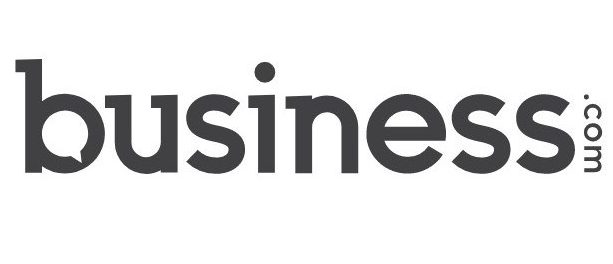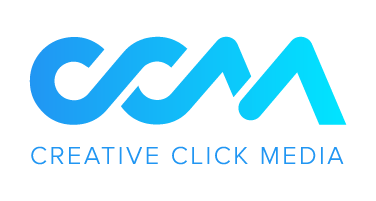Can Too Many CTAs Hurt Your Law Firm’s Website?
Date: August 23, 2022

What is a CTA?
A Call-To-Action (or “CTA”) is a specific sentence, phrase or even just a word that is designed to trigger a response from an individual reading your marketing material. The marketing format could be a billboard, TV commercial, social media post, etc. For this specific discussion, we’re focusing on your own backyard: your law firm’s website.
Does CTA Placement In Your Content Matter?
Calls-to-action belong in places where you expect a potential new client (PNC) to have that shift in mindset from “Does this law firm or attorney know what they’re talking about?” to “I think they can help me with my unique situation.”
In law firm SEO (and specifically Local SEO), we always bang the drum of E-A-T: expertise, authoritativeness and trustworthiness. The legal industry is not only a competitive one, but also one where people have a lot on the line when it comes to hiring a professional. The world of law revolves around many unique, high-stakes situations for businesses and individuals such as ensuring fairness in a business dissolution, fighting for child custody, keeping the house after a divorce or looking for compensation to help with piling medical bills in an accident that happened due to negligence. The people seeking out help from legal professionals want to know they’re in good hands.
With that said, CTAs are commonly served at the bottom of specific, targeted pages. Verbiage like “Contact us” or “Let us help you” are common terms that will be used as anchor text to link out to the website’s contact form. You have established who you are, shown you understand the law to its fullest extent and have displayed the tone you wished to carry (sometimes compassionate or aggressive depending on the specific corner of law being discussed) – and now want to harness a lead from someone who would be a great fit as a client.
Can Too Many CTAs Hurt Rather Than Help?
You can be spammy in two different ways on your website and they’re often connected at the hip. Your content is read by a person and that person has a threshold of how many times they can be nudged to make that conversion we all look for in marketing.
There’s another reader to consider as well: Googlebot. Googlebot crawls your site from top to bottom; it understands the structure, context and intent of the page. If you hammer home at the end of every paragraph for the reader to call your firm or fill out a contact form, Google may end up ranking a competitor higher whose content flowed better. Different types of businesses can have different CTA strategies. It’s not a one-size-fits-all but more often than not, keep it simple in legal marketing. A single CTA toward the bottom of the page is sufficient in relation to the content you’re putting out.
CTAs Aren’t Just Limited To The Content
Mobile is grabbing more of that monthly site visitor pie chart in Google Analytics and, with a wider audience participating on smaller screens, thinking of ways to seize their attention in that limited space is key. We have seen clients have great success with “Call Us Now” buttons on their mobile sites. The button is static and stays native to the lower portion of the screen as the reader scrolls – a visual effect known as parallax. It’s simple but effective.
The Balancing Act
I want to hammer home the fact that there’s no definitive number to hit for CTA’s. You need to find a balance between the content, how it reads, and placing those engagement triggers for your audience where they matter most in relation to the flow of the content. Static pages for major areas of practice should generally have some sort of call to action and in other instances supporting blog topic pages may not need a CTA but are great for building a healthy network of relevant internal links. Different content calls for different purposes. A well-versed SEO strategist works with you (and your content) to ensure your site’s pages are set up in a logical way to get the conversions you’re after.
















